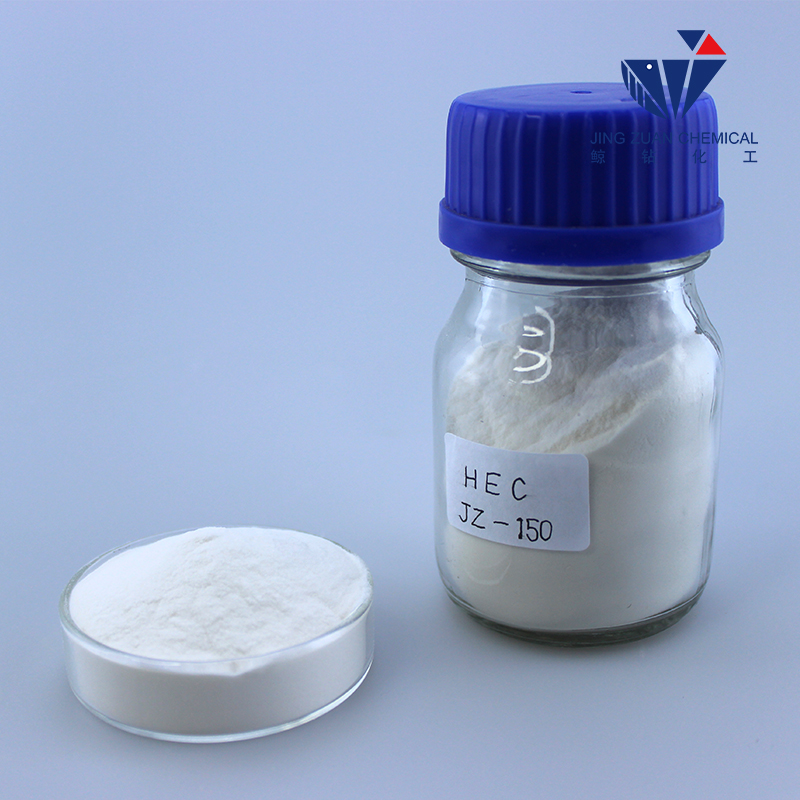
Nov . 23, 2024 15:54 Back to list
hec cellulose
Understanding HEC Cellulose A Versatile Polymer
Hydroxyethyl cellulose (HEC) is a versatile and widely used cellulose derivative that has garnered significant attention in various industries, including pharmaceuticals, cosmetics, food, and construction. Its unique properties make it an essential component in numerous applications, contributing to the formulation of products that require specific textural, viscosity, and adhesive qualities.
Composition and Structure
HEC is derived from cellulose, a natural polymer obtained from the cell walls of plants. Cellulose itself consists of long chains of glucose molecules linked by β-1,4-glycosidic bonds. To produce HEC, ethylene oxide is reacted with cellulose, introducing hydroxyethyl groups into the polymer chain. The substitution of hydroxyl groups alters the physical and chemical properties of cellulose, enhancing its solubility in water and extending its utility across diverse applications.
Properties of HEC
One of the most notable properties of HEC is its ability to form clear and viscous solutions in water, making it an effective thickening agent. It is non-ionic, which means it is compatible with a wide range of other materials and does not affect the ionic strength of formulations. This characteristic is particularly advantageous in cosmetic and personal care products, where maintaining stability and performance is crucial.
Additionally, HEC exhibits excellent film-forming capabilities. When mixed with water and allowed to dry, it forms a flexible, transparent film that offers moisture retention and protection. This property is especially beneficial in applications such as coatings for pharmaceutical tablets and as a protective film in various cosmetic products.
hec cellulose

Applications of HEC
In the pharmaceutical industry, HEC plays a critical role in the formulation of topical creams, gels, and ointments. Its thickening and stabilizing properties help maintain the desired consistency of these products while enhancing the delivery of active ingredients. HEC is also commonly used as an excipient, contributing to the controlled release of drugs in solid dosage forms.
In cosmetics, HEC is a popular ingredient in lotions, shampoos, and conditioners, where it functions as a thickener and emollient. Its ability to retain moisture makes it an excellent choice for hydrating formulations, improving the overall texture and feel on the skin and hair.
The food industry also benefits from HEC, where it serves as a food additive to improve the mouthfeel and texture of various products. It is often used as a stabilizer in sauces, dressings, and dairy products, contributing to a smooth and appealing consistency.
The construction industry has also recognized the advantages of HEC, using it as an additive in cement and mortar formulations. It improves workability, enhances adhesion, and helps to retain moisture during the curing process, ensuring stronger and more durable structures.
Conclusion
HEC cellulose is an exceptional example of how natural polymers can be modified to meet the demands of various industries. Its unique properties—such as water solubility, film-forming ability, and compatibility with a range of materials—make it indispensable in pharmaceuticals, cosmetics, food, and construction. As industries continue to innovate and develop new products, the role of HEC cellulose is likely to expand, underscoring its importance as a multifunctional ingredient in modern applications. Whether enhancing the efficacy of a drug formulation or improving the texture of a cosmetic product, HEC remains a crucial player in the polymer landscape.
-
Versatile Hpmc Uses in Different Industries
NewsJun.19,2025
-
Redispersible Powder's Role in Enhancing Durability of Construction Products
NewsJun.19,2025
-
Hydroxyethyl Cellulose Applications Driving Green Industrial Processes
NewsJun.19,2025
-
Exploring Different Redispersible Polymer Powder
NewsJun.19,2025
-
Choosing the Right Mortar Bonding Agent
NewsJun.19,2025
-
Applications and Significance of China Hpmc in Modern Industries
NewsJun.19,2025







